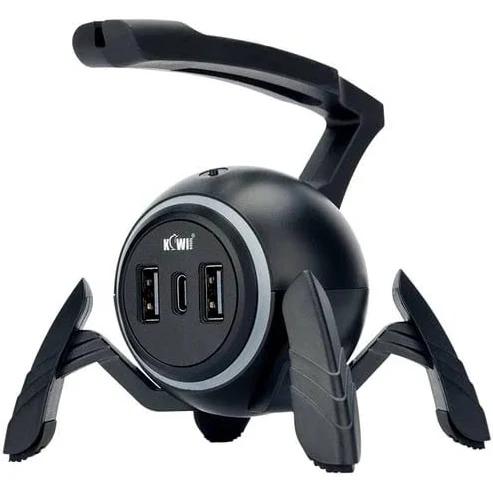Description
A VR racing simulator combines virtual reality technology with racing simulation hardware to create an immersive and realistic racing experience. Here are key components and considerations when setting up a VR racing simulator:
Components of a VR Racing Simulator:
- Virtual Reality Headset: Choose a high-quality VR headset that offers immersive visuals and precise motion tracking. Popular options include Oculus Rift S, HTC Vive Pro, Valve Index, and PlayStation VR.
- Racing Wheel and Pedals: Invest in a racing wheel with force feedback and pedals for realistic driving sensations. Look for wheels from brands like Logitech (G29/G923), Thrustmaster (T300 RS, T-GT), or Fanatec (CSL Elite, ClubSport).
- Racing Cockpit: A racing cockpit provides a stable and ergonomic setup for your racing wheel, pedals, and seat. Look for cockpits that are adjustable and compatible with your chosen racing wheel.
- PC or Console: Ensure your gaming setup (PC or gaming console) meets the VR headset’s system requirements for smooth performance. PCs with powerful graphics cards (e.g., NVIDIA RTX series) are typically recommended for VR gaming.
- Simulation Software: Choose racing simulation software that supports VR gameplay, such as iRacing, Assetto Corsa, Project CARS, or DiRT Rally. These games offer realistic physics, tracks, and vehicle handling.
- Additional Accessories: Consider accessories like motion platforms (e.g., SimXperience Stage Series), tactile transducers (for vibrations), and VR motion cancellation systems to enhance immersion and realism.
Setting Up a VR Racing Simulator:
- Space Requirements: Ensure you have enough space for both the VR setup and racing cockpit. VR gaming often requires a clear, open area for movement and safety.
- Calibration and Setup: Follow setup guides for your VR headset and racing wheel to ensure proper calibration and integration. This includes adjusting seat position, wheel sensitivity, and VR headset settings.
- Comfort and Safety: Pay attention to ergonomics and comfort during long gaming sessions. Adjust seat height, distance from pedals, and VR headset fit to minimize fatigue and maximize immersion.
- Testing and Adjustments: Spend time testing different settings, adjusting graphics quality, and fine-tuning control sensitivity to optimize your VR racing experience.
Considerations:
- Budget: VR racing simulators can range from affordable setups using entry-level equipment to high-end setups with motion platforms and advanced peripherals. Set a budget based on your preferences and gaming goals.
- VR Motion Sickness: Some users may experience motion sickness in VR. Start with shorter gaming sessions and gradually increase playtime to acclimate to VR racing.
- Community and Support: Join online communities and forums dedicated to VR racing simulators for tips, advice, and community events.








Reviews
There are no reviews yet.